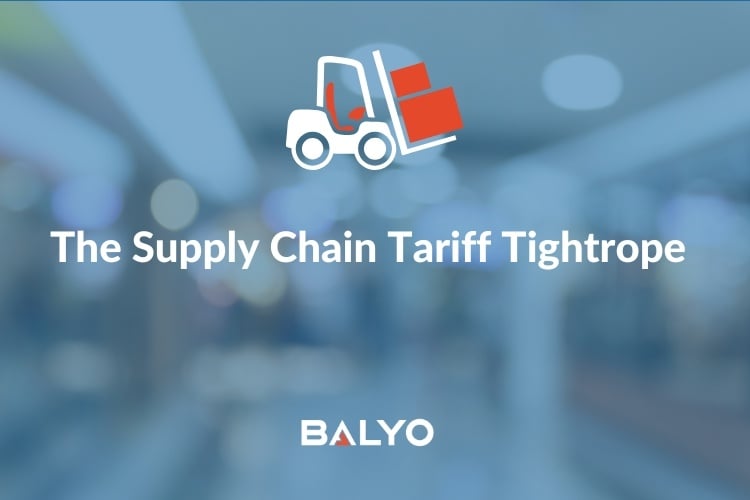
Tariffs have become a hot topic in the manufacturing world lately, and for good reason. When governments slap extra fees on imported goods, it can send shockwaves through the entire production process. But here's the silver lining: Automated (or Autonomous) Guided Vehicles (AGVs) are stepping up as game-changers, helping the supply chain from manufacturing to warehouses and distribution centers navigate these choppy waters.
The Supply Chain Tariff Tightrope
So, what's the big deal with tariffs? Essentially, they're taxes on imports or exports between countries. While they're designed to protect domestic industries, they often lead to unintended consequences for manufacturers.
- Skyrocketing Material Costs: Many manufacturers rely on imported materials like steel and aluminum. Recent tariffs have caused domestic prices for these metals to surge. For instance, U.S. aluminum premiums have jumped by 25% since new tariffs were imposed.
- Supply Chain Snafus: With tariffs in play, companies scramble to find alternative suppliers to dodge extra costs. This game of musical chairs can lead to delays and inefficiencies. A recent analysis highlighted that higher tariffs could disrupt supply chains and raise production costs for businesses.
- Operational Overheads: Beyond just materials, tariffs can hike up transportation and logistics expenses. Navigating new regulations and customs fees adds layers of complexity and cost.
- Global Competition Crunch: For those exporting goods, retaliatory tariffs can make products pricier abroad, denting sales and market share.
Enter AGVs: The Manufacturing MVPs
In the face of these challenges, AGVs are becoming invaluable allies for manufacturers. These self-driving forklifts handle tasks like material transport within facilities, offering a slew of benefits:
- Cutting Labor Costs: By automating repetitive tasks, AGVs reduce the need for manual labor. This trims expenses and allows workers to focus on more complex roles.
- Boosting Efficiency: AGVs ensure materials move seamlessly through the production process, minimizing delays and bottlenecks.
- Flexibility on the Fly: As supply chains shift due to tariffs, AGVs can be reprogrammed to adapt to new workflows without major overhauls. Also, with the right AGV partner, multiple load types and pallets can easily be accommodate thanks to the advanced sensors on some AGVs.
- Precision and Accuracy: With AGVs, the margin for error in material handling shrinks, leading to less waste and higher quality outputs.
- Safety First: Equipped with advanced sensors, AGVs navigate facilities safely, reducing the risk of workplace accidents.
AGVs on the Rise
The adoption of AGVs is accelerating. The global AGV market is projected to grow from $2.56 billion in 2024 to $3.78 billion by 2029, reflecting a compound annual growth rate of about 8.1%.
Moreover, a survey from 2023 revealed that over 70% of respondents have adopted or plan to adopt AGVs or autonomous mobile robots, underscoring the industry's shift towards automation.
Real-World Wins with AGVs
- Automotive Sector: Car manufacturers are using AGVs to transport parts between assembly lines and storage, reducing downtime and optimizing inventory management.
- Electronics Industry: Companies are deploying AGVs in warehouses to automate inventory movement, enhancing efficiency and offsetting increased costs from tariffs on imported components.
- Consumer Goods: Retailers are streamlining logistics with AGVs, managing inventory efficiently, and maintaining competitive pricing despite higher import costs.
Looking Ahead
As tariffs continue to reshape the manufacturing landscape, embracing automation through AGVs offers a strategic advantage. By investing in these technologies, manufacturers can mitigate rising costs, streamline operations, and stay competitive in a challenging market.
In today's fast-paced world, adapting to change isn't just beneficial—it's essential. AGVs provide a practical path forward, helping manufacturers not only survive but thrive amidst the complexities of global trade.





